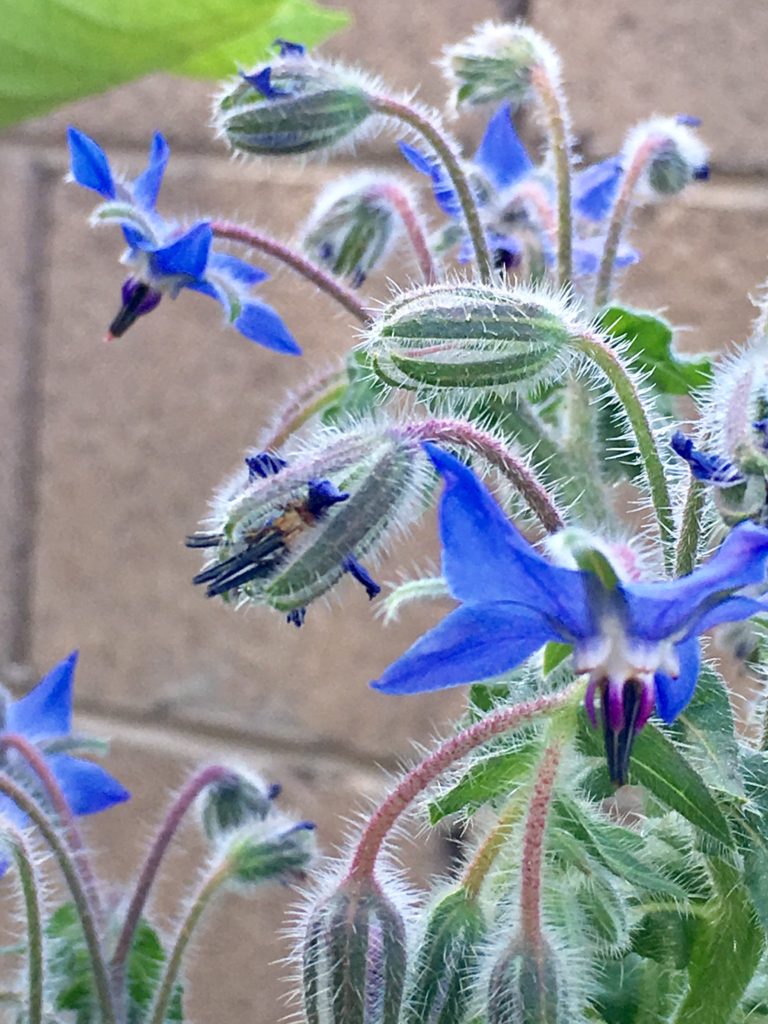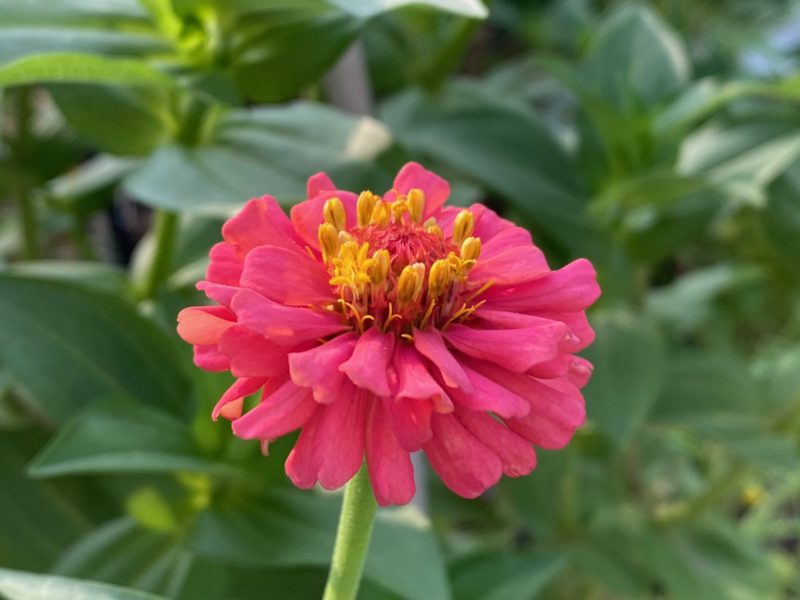As we enter into September there is much to do and plan for the Fall garden.
Do not forget to feed fruit trees this month, especially if you have not been feeding during the summer. This is the last feed before winter feeding (if you do not feed monthly), and this feeding is needed to help sweeten citrus and support next year’s spring growth on other trees.
It is also the time we start to see some fall pests arriving. Older veggies from the summer, such as squash and melons are likely to be attacked by whiteflies and aphids. Squash bugs are still active and cucumber beetles may also still be a problem. As the brassicas get planted, cabbage loopers will likely be a problem. Have a plan ready. Spray off veggies infested with whiteflies daily. Protect brassicas with row covers, tulle, or net curtains and continue to check squashes and melons for squash bugs and eggs regularly.
Birds may also be an issue for young seedlings, protect them with wire baskets, row covers, or tulle. Here is a list of what to plant this month.
Trees
Plant out tropical trees now. October is too late, but this month allows the root system to get established before winter. As it cools toward the end of the month it will also be safe to plant deciduous trees. Ensure that newly planted trees are well watered, some may even require shade until the temperatures cool down more.
The Veggie Patch
This month the veggie patch is divided into direct sowing and indoor seed sowing.
Indoors:
This is a big month for indoor sowing. Give indoor seedlings 12-14 hours of light for optimum growth and feel regularly with a mild tea made by Earth’s Original Organics.
- Brassicas: All members of the Brassica family can be started this month. Cauliflower, broccoli, kale, mustard, cabbage kohlrabi, rutabaga, and Asian greens.
- Lettuce: Start lettuce mid-month and then succession sow again at the end of the month.
- Spinach: Sow extra seed as spinach germinates poorly. Soak seeds before sowing to help with germination.
- Orach: Try something different and plant colorful orach as a spinach replacement.
- Celery: Celery seeds are really tiny, sprinkle on the soil surface, water carefully, and keep covered with cling wrap until seeds germinate.
Direct sow
- Artichokes: Plants are heavy feeders and need a lot of water and space, so plant in the correct area.
- Beans: It is time to plant green beans. Keep shaded until mid-September as temperatures are still very high for young seedlings. Hold off on fava beans until October.
- Asian greens: Asian greens and broccoli raab tend to be more heat tolerant than the other brassicas. They can be directly sown now too. However, keep the seeds moist and covered until germination.
- Tomatoes: Transplant tomatoes and tomatillos for fall harvesting.
Roots
- Onions: Leeks onions and chives can also be directly sown. Keep soil moist for germination and keep these seedlings shaded until temperatures cool down more.
- Potatoes: Potatoes planted now can be harvested in late December and early January.
Flowers and Herbs
This is the time to start cool-season herbs and also several flowers.
- Borage: Grows into a huge plant, ensuring enough space. A good companion to deter hornworms.
- Calendula: Direct sow for earlier blooming and start some indoors for later blooming in late Spring.
- Nasturtium: Direct sow where brassicas will be planted out.
- Sunflowers; sow Fall colors of sunflowers to get that fall feel
- Herbs: Start dill, sage, parsley, chives, cilantro, and thyme indoors. Transplant next month as companion plants.


